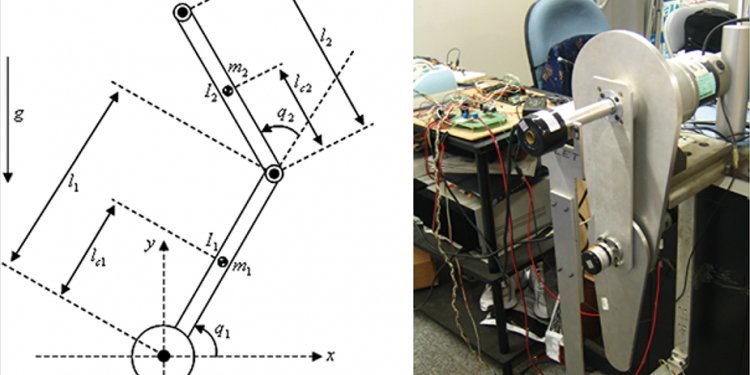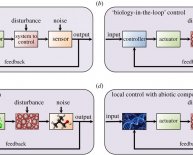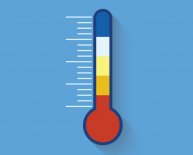
Feedback control of Dynamic Systems eBook
This is the eBook of the printed book and may not include any media, website access codes, or print supplements that may come packaged with the bound book. Feedback Control of Dynamic Systems covers the material that every engineer, and most scientists and prospective managers, needs to know about feedback control–including concepts like stability, tracking, and robustness. Each chapter presents the fundamentals along with comprehensive, worked-out examples, all within a real-world context and with historical background information. The authors also provide case studies with close integration of MATLAB throughout. ¿ Teaching and Learning Experience This program will provide a better teaching and learning experience–for you and your students. It will provide: ¿ An Understandable Introduction to Digital Control: This text is devoted to supporting students equally in their need to grasp both traditional and more modern topics of digital control. Real-world Perspective: Comprehensive Case Studies and extensive integrated MATLAB/SIMULINK examples illustrate real-world problems and applications. Focus on Design: The authors focus on design as a theme early on and throughout the entire book, rather than focusing on analysis first and design much later. Sample questions asked in the 7th edition of Feedback Control of Dynamic Systems: Suppose the characteristic polynomial of a given closed-loop system is computed to be s 4 + (11 + K 2 ) s 3 + (121 + K 1 ) s 2 + ( K 1 + K 1 K 2 + 110 K 2 + 210) s + 11 K 1 + 100 = 0. Find constraints on the two gains K 1 and K 2 that guarantee a stable closedloop system, and plot the allowable region(s) in the ( K 1, K 2 ) plane.You may wish to use the computer to help solve this problem. A block diagram of a control system is shown in Fig. (a) If r is a step function and the system is closed-loop stable, what is the steady-state tracking error? (b) What is the system type? (c) What is the steady-state error to a ramp velocity 5.0 if K 2 = 2 and K 1 is adjusted to give a system step overshoot of 17%? Figure Closed-loop system Feedback in Biology (a) Negative Feedback in Biology : When a person is under long-term stress (say, a couple of weeks before an exam!), hypothalamus (in the brain) secretes a hormone called Corticotropin Releasing Factor (CRF) which binds to a receptor in the pituitary gland stimulating it to produce Adrenocorticotropic hormone (ACTH), which in turn stimulates the adrenal cortex (outer part of the adrenal glands) to release the stress hormone Glucocorticoid (GC). This in turn shuts down (turns off the stress response) for both CRF and ACTH production by negative feedback via the bloodstream until GC returns to its normal level. Draw a block diagram of this closed-loop system. (b) Positive Feedback in Biology : This happens in some unique circumstances...

















